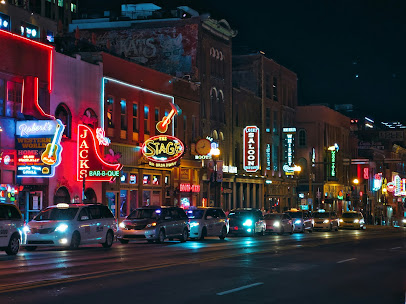Photo by Nick Agee on Unsplash
Asked to imagine an ideal walk in an ideal environment, I
instantly pictured a 15-minute city, that controversial idea that makes perfect
sense to all but the conspiracy theorists. I am a city boy at heart. I grew up
in a boring semi-rural area populated by boring white people. I longed for
cultural diversity, the excitement of city life, with its concerts and
festivals, and expressions of culture from borders far beyond the confines of
the Kentucky hills.
The city of my choice doesn’t exist, or if it is out there
somewhere, I am unaware of it. It is a city of mixed-used zoning, one in which
I live in an apartment above a consumer-oriented business on a street served by
automobile, rail, bicycle rentals, and clutter-free sidewalks. There is, of
course, at least one bookstore withing walking distance of my apartment, and a
coffee shop, convenience store, café-style restaurant, and a bar. The addition
of a public library would be a nice touch.
That is an ideal denied by the current political regime and
the extreme-right wing’s Heritage Foundation and its Project 2025. Page 635 of
that document calls for defunding the precise types of public transportation
that would aid in the development of so-called “Fifteen-Minute Cities” or
“Smart cities” described above. The document alludes to the Covid pandemic but ignores
its (temporary) contribution to the reduction in public transit ridership.
Regrettably, the 2021 Infrastructure Investment and Jobs
Act13 authorized tens of billions of dollars for the expansion of transit
systems even as Americans were moving away from them and into personal
vehicles. Lower revenue from reduced ridership is already driving transit
agencies to a budgetary breaking point, and added operational costs from system
expansions will make this problem worse. The Capital Investment Grants (CIG)
program is another example of Washington’s tendency to fund transit expansion rather
than maintaining or improving current facilities. The CIG program, which began
in 1991, funds only novel transit projects. These can include new rail lines
(regardless of the demand for preexisting rail in the area) and costly
operations such as streetcars.
Project 2025’s promotion of personal vehicles (read,
automobiles) is merely maintaining the status quo and its massive donations to
politicians and fails to account for transit usage over time--fears of COVID
fade and commuters are again taking advantage of public transit. The better the
public is served by public transit, the greater the number of riders.
Washington’s never-ending campaign to force Americans into automobiles provides
a vicious circle of lower mass transit budgets resulting in reduced services
which results, in turn, lower usage by the public; a self-fulfilling prophecy.
The use of private automobiles as mass transit, and its contingent covering of
city neighborhoods in concrete cannot continue at the current pace. The fossil
fuel industry’s nearly $800 billion federal welfare (wealthfare?) subsidies
were reduced in 2021by executive order under President Joe Biden, though the
order was defied by Americas Import-Export Bank and its nearly $100 billion
loan to an oil refinery in Indonesia.
The 15-Minute City concept has drawn conspiracy theories
from the dark corners of the internet. Canadian psychologist Jordan Peterson
has remarked, in his continuing campaign to make himself relevant:
"The idea that neighbourhoods should be walkable is
lovely. The idea that idiot tyrannical bureaucrats can decide by fiat where
you're 'allowed' to drive is perhaps the worst imaginable perversion of that
idea — and, make no mistake, it's part of a well-documented plan."
That, from a guy who says women should be barred from the
workplace because they wear lipstick. Apparently, lipstick on a woman in Canada
turns men into lusty automatons unable to control their urges or fulfill their
employment obligations because that woman in lipstick has filled them with
erotic thoughts. Yeah, that’s a sample of his though process.
If I read Mr. Peterson’s quote correctly, I can assume there
are no traffic laws in Canada. The idea that bureaucrats can decide where you
are “allowed” to drive shows up everywhere, here in the states. We have traffic
lights and turning lanes, speed limits speed bumps and speed traps and school
zones and all manner of signs telling us where to go, when to go, and when not
to go. That does not change with the implementation of the 15-minute city.
Notes
“A study of 100 major cities found that
median central city permitted apartment dwellers to live on only 12% of its residential land.”
62% of all homes in the U.S. are single
family detached structures. Desmond, Matthew. Poverty, by America.
Crowne Publishing, 2023, pp. 115-115
